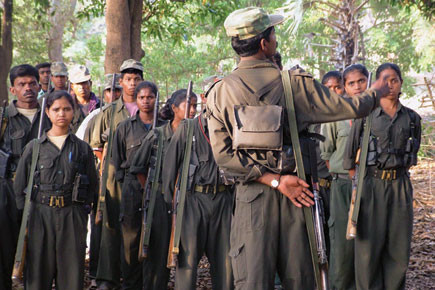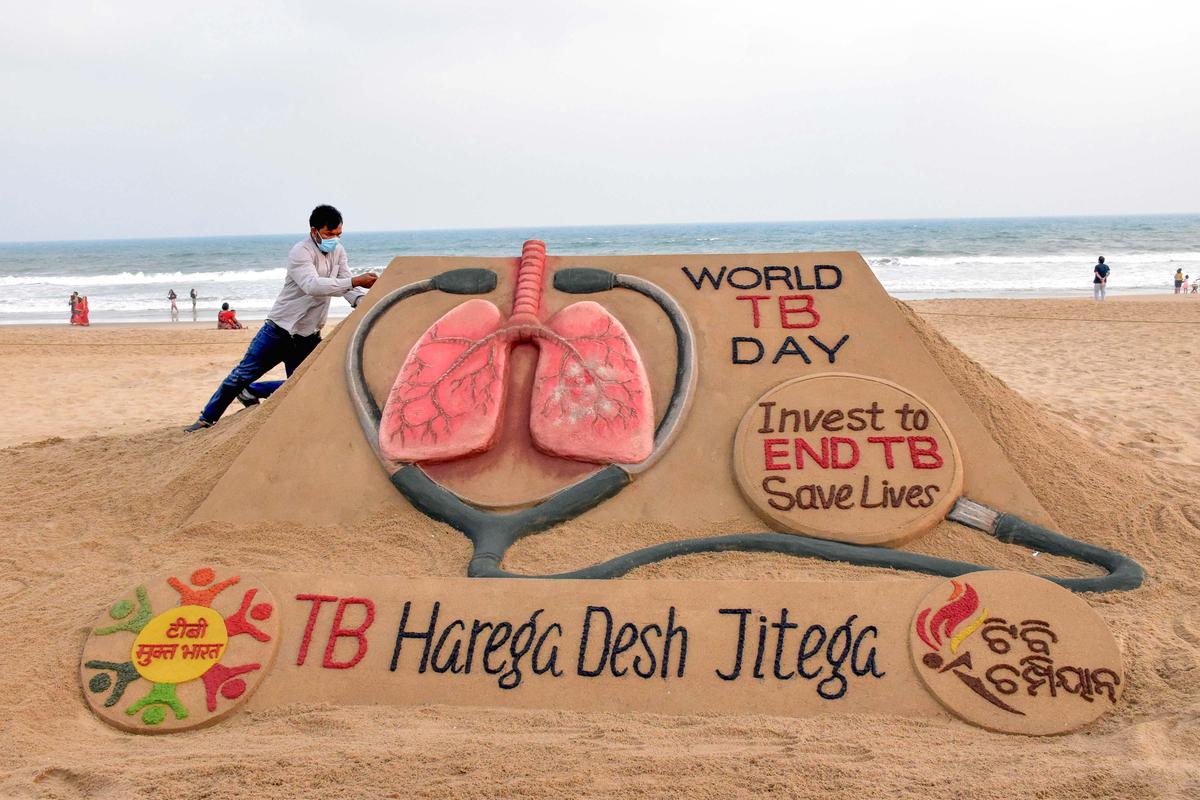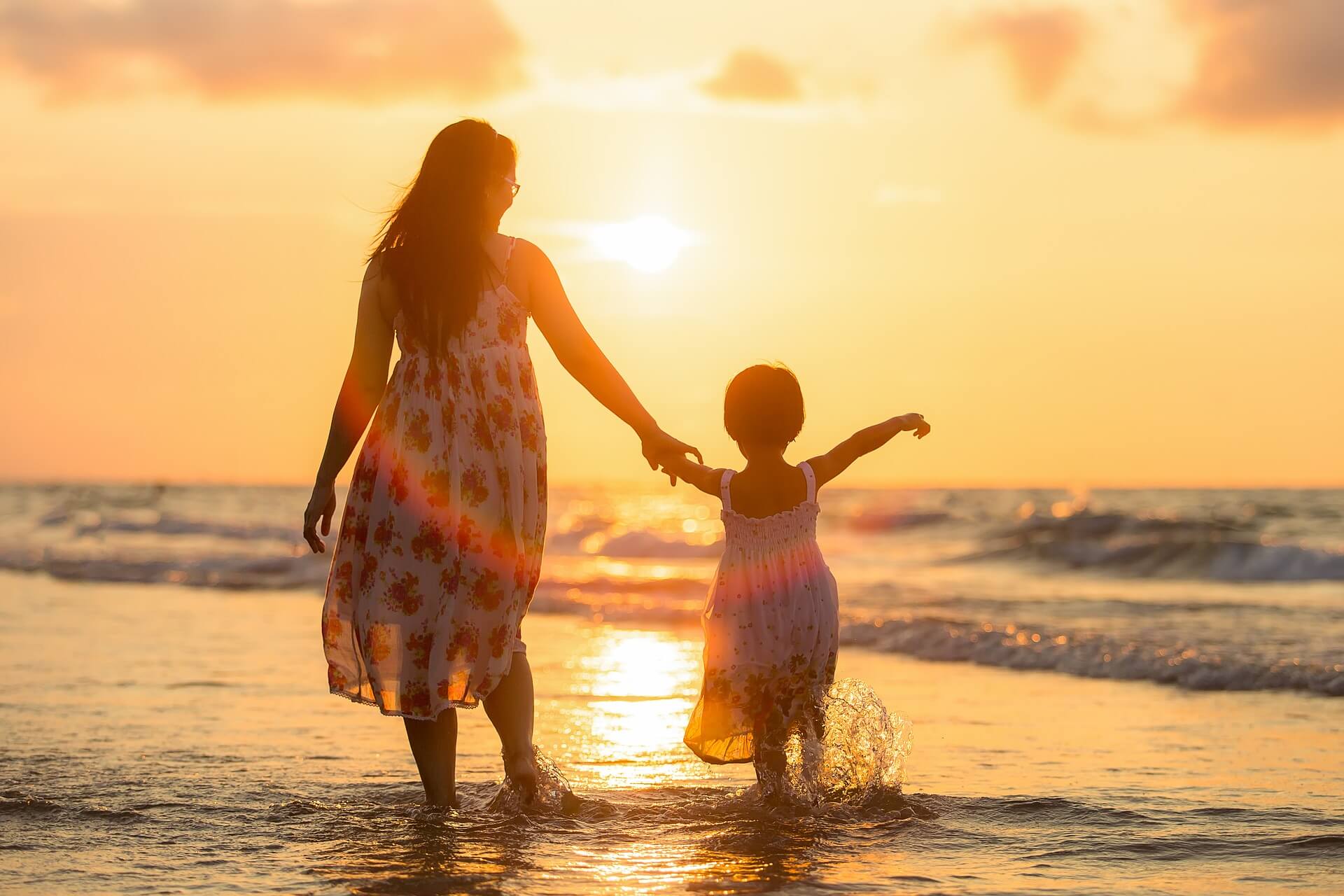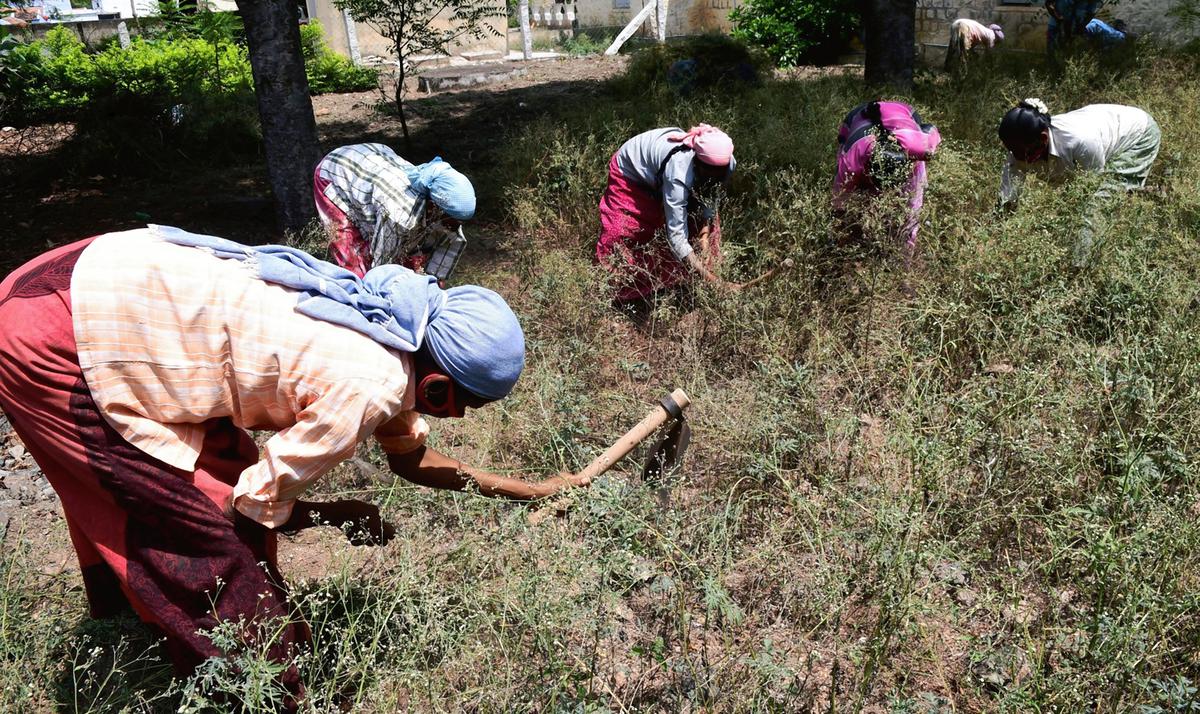The Communist Party of India (Maoist) claims to strive for gender equality, yet women cadres face institutional abuse and exploitation.

Women’s participation in the party
- Ineffective council representation: Despite accounting for 35%-40% of the party, women are underrepresented in the Central Committee and the Dandakaranya Special Zonal Committee (DKSZC).
- Members of the cadre include: Only one woman cadre is a member of the Central Committee out of more than 20 members, and only two women cadres are DKSZC members out of about 20 members.
Women’s nutrition and health
- Women confront additional health concerns in the bush, as well as poor nutrition and treatment. The majority of women become anaemic due to a lack of sufficient nutrition.
- menstruation hygiene issues: Women cadres do not receive menstruation leave and must remain on high alert at all times with a rifle. For six months, two female cadres are given only one loin towel to share as a sanitary napkin.
- Basic necessities are insufficient: Women cadres are not permitted to drink freely and are at the mercy of the unit leader, who carries some medical supplies.
Marriage and procreation
- Marriage is not for enjoying family life: The party allows marriage only between willing combatants, not for enjoying family life.
- Forced vasectomy: Male cadres are required to have a vasectomy before or shortly after marriage.
- Forced abortion: If a woman cadre becomes pregnant, she must have an abortion.
- Divorce and polygamy remain unaddressed: The party is deafeningly silent on divorce and polygamy.
Sexual exploitation and ill-treatment of women
- Sexual exploitation and poor treatment: Sexual exploitation of women is rampant in the party, and women cadres have committed suicide as a result of ill-treatment and suspicion.
- Disciplinary action is taken against cadres for moral turpitude, but the maximum punishment is merely a year’s suspension or demotion.
@the end
Women who join the Communist Party of India (Maoist) with the intention of bringing about a revolution for the proletariat and landless class are frequently victims of the institutional violence they are supposed to oppose. The party must ensure gender equality in practice, not only in rhetoric, and improve working conditions for female cadres.
Source: https://www.thehindu.com/opinion/op-ed/the-lesser-known-battles-of-maoist-women/article66729765.ece






